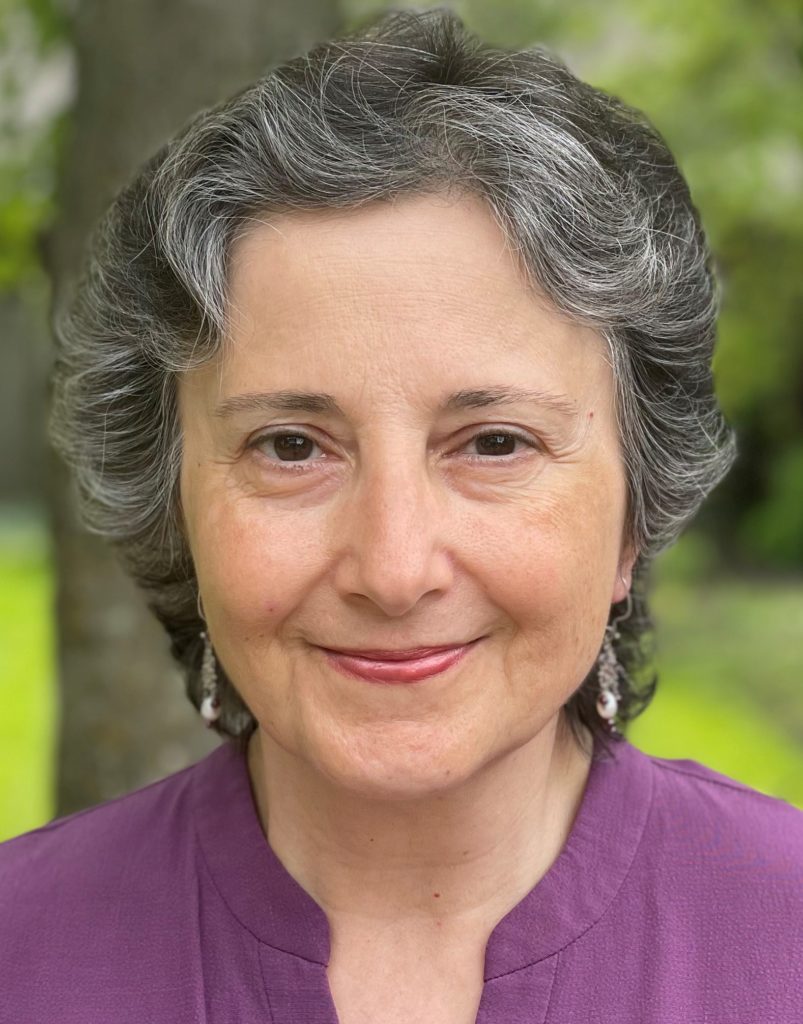February 22, 2023

Guliz Erdem, MD, is Professor of Pediatrics, Section of Infectious Diseases at Nationwide Children’s Hospital and the Ohio State University. She received her medical degree from Hacettepe University School of Medicine in Ankara, Turkey. She completed her residency at Hacettepe University and then at John A. Burns School of Medicine in Honolulu, Hawaii. She finished her fellowship in Pediatric Infectious Diseases at Cincinnati Children’s Hospital in Cincinnati, Ohio.
Dr. Erdem worked in Honolulu for 13 years before moving to Nationwide Children’s Hospital in Columbus, Ohio. She is the medical director of the pediatric infectious disease unit and the lead for divisional quality improvement efforts. Dr. Erdem recently joined the PIDS Board of Directors/Foundation Board of Trustees, having been elected at ID Week 2022. She is also a member of the Clinical Affairs Committee and the International Affairs Committee.
Why Pediatric ID? I’m originally from Turkey. When I graduated pediatric residency, which is a four-year program, there was no established fellowship for pediatric infectious diseases. Traditionally, we worked in our “thesis” division during our last year of residency. I picked infectious disease because it seemed challenging and exciting. I enjoyed seeing kids get better and working out the puzzle pieces when our patients were dealing with something complex – trying to find out what else they could have, infectious or noninfectious.
However, as there was no established fellowship in Turkey and infrastructure and resources for research were limited, I explored coming to the United States to do research and apply it in clinical practice. It wasn’t an always envisioned, intentional path. I gravitated toward pediatric ID and the challenges it presents in patient care, research innovation, and medical education.
Where have you taken your ID focus? During my fellowship, I worked on cytomegalovirus infections. This research was supported by PIDS. Towards the end of fellowship, we had a cluster of invasive group A streptococcal infections in Cincinnati. Then, when I moved to Hawaii, I saw more post streptococcal complications, such as acute rheumatic fever and poststreptococcal glomerulonephritis, which is much more common there than in the mainland U.S. This motivated me to do more molecular epidemiology studies to understand why certain disease manifestations are more common in certain population groups, which led to significant extramural funding and research within the departments of Pediatrics and Tropical Medicine.
My trajectory changed when I arrived in Columbus. I got more involved in quality improvement from the infectious disease perspective. In addition to several projects that are in line with our antibiotic stewardship program, we are involved in all aspects of patient care from integration of medical records to clinical pathway and guideline development. One example of this is our efforts in newborns with fever who get admitted to our inpatient service. We established criteria to help these patients be treated for shorter amounts of time and with shorter hospitalizations.
One other area I am involved in is Kawasaki disease and its management. I would like to acknowledge Dr. Marian Melish’s mentorship in this area. I continue to treat Kawasaki disease patients and participate in diagnostic and management studies. One other mentor who has always steered me in the right direction, starting with my fellowship and junior faculty position, is Dr. Edward Kaplan at the University of Minnesota. Their support, both directly and indirectly, have influenced my focus. I was fortunate to have them and several others as mentors.
What is a recent development in pediatric ID you are working on? As an international medical graduate, you oftentimes seek to find your way within a new system. You are happy with what you have already achieved and with where you are, yet also wonder if there was a level of success you could have reached were it not for the limitations you run into as an international medical graduate. International medical graduates make up a quarter of the pediatric ID workforce.
I worked on questions in relation to IMGs in the recent IDA&E survey, which revealed similar experiences from many others. The career development and research options for IMGs appear to be more limited. There are of course several other aspects, including religion, ethnic background, and language proficiency, that could affect these opportunities. I am interested in how we can recognize these biases and do better for these individuals, including myself. I aim to be a voice and advocate for IMGs and advocate for ways to improve.
What do you enjoy most about being a PIDS board member; what keeps you renewing your Society membership? The pediatric ID community. I enjoy being surrounded by likeminded yet different groups of folks, like on the International Affairs Committee, and the multitude of research being done. The impact of our research and innovation in our society is so significant.
I never thought about becoming a board member. I am really humbled to be elected and hope to bring my perspective while keeping in mind the needs of all members. Our ID community is diverse, and all member voices should be equally heard.